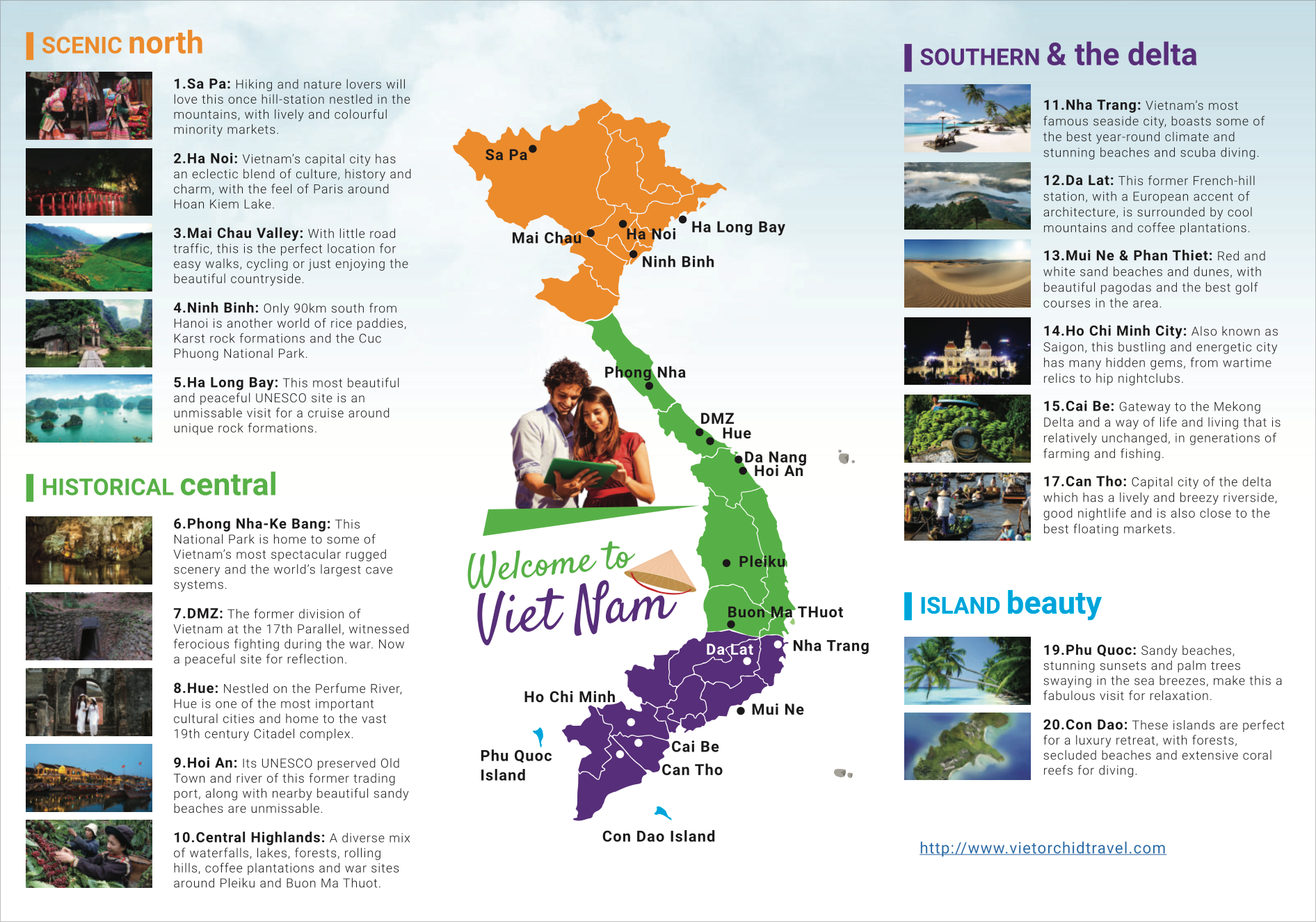Why Choose Us?
Download Now!

This journey takes you beyond ancient citadels into the heart of Vietnam’s modern past — where war, resilience, and hope converge. A thought-provoking experience for travelers seeking to understand Vietnam beyond the surface — guided, reflective, and deeply moving.
Departing from Hue in the early morning, this full-day journey takes you north along Highway 1 toward the former Demilitarized Zone (DMZ) — a landscape once scarred by conflict, now rich with stories of resilience and hope.
Your first stop is at Our Lady of La Vang, a prominent pilgrimage site not only for Vietnamese but also for everyone over the world. Here, you’ll have ample time for prayer and reflection, soaking in the spiritual significance of this revered location
Continue your journey to Vinh Moc Tunnels, a haunting yet inspiring symbol of human perseverance. A highly impressive complex of tunnels, Vinh Moc is the remains of a coastal North Central Vietnamese village that literally went underground in response to unremitting American bombing. The villagers initialy dug the tunnels to move their village 10 metres underground but the American forces designed bombs that burrowed down 10 metres. Eventually the villagers moved the village to a depth of 30 metres. It was constructed in several stages beginning in 1966 and used until early 1972. The complex grew to include wells, kitchens, rooms for each family and spaces for healthcare. Around 60 families lived in the tunnels; as many as 17 children were born inside the tunnels. The tunnels were a success and no villagers lost their lives. The only direct hit was from a bomb that failed to explode; the resulting hole was utilized as a ventilation shaft.With your guide, explore the underground world where families lived, worked, and survived — a true testament to the endurance of the Vietnamese spirit.
Next, arrive at the Hien Luong Bridge and Ben Hai River, once the symbolic divide between North and South Vietnam along the 17th parallel. As you stand on the bridge, now peacefully restored, take a moment to reflect on a country once split by ideology, but now united in peace.
After lunch at a local restaurant, continue to the Quang Tri Citadel, site of one of the fiercest battles of the war during the 1972 Easter Offensive. The Second Battle of Quang Tri began on June 28 and lasted 81 days until September 16, 1972, when the Army of the Republic of Vietnam (ARVN) finally defeated the North Vietnamese Army (NVA) at the ancient citadel of Quang Trị and recaptured most of Quảng Trị Province.
During the battle, the Army of the Republic of Vietnam, backed by the United States military, expended more than 80,000 tons of ordnance. When compared to its 1968 counterpart, 1972 is more wartorn with most of the city being reduced to rubble.
This was one of the last major battles of the pre-1973 withdrawal of US troops and was probably instrumental in convincing the US that they would unlikely to prevail over the NVA long-term.
Return to Hue by late afternoon, your heart and mind filled with the echoes of history, the lessons of resilience, and a deeper understanding of Vietnam’s path to peace.
